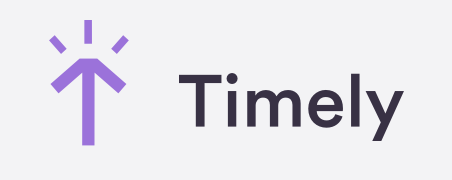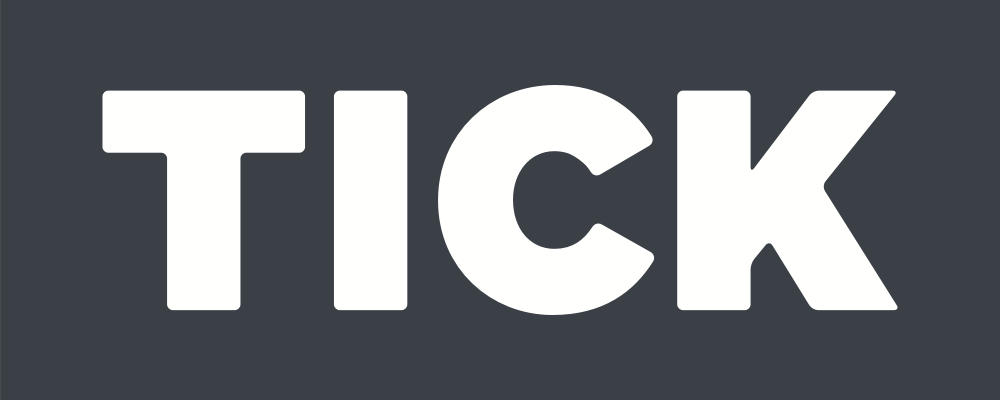Deadlines - a Friend or an Enemy?
Deadlines - the constant source of stress and panic among employees. But are they really that bad? Today we’re exploring how deadlines can cause problems, how they can actually be good for productivity and how to use time tracking software to ensure the latter case.
As a word nerd, I’d like to start by sharing a (not so) fun fact - the word deadline originally referred to the boundary around a prison which prisoners weren’t allowed to cross or otherwise they’d have been shot. Really adds to the negative connotation of the word, doesn’t it?
Anyway…
It’s really hard to imagine a world, especially the corporate world, with no deadlines. However, it’s also an obvious fact that employees shudder at the word, and you have to set them and make sure everyone meets them, which takes time and patience. So, it seems that everyone hates them deep down and they’re just a necessary evil. You know, so that you can get stuff done and keep the clients happy or whatever.
But this isn’t going to be a rant article. We’re actually going to dig into the psychology of deadlines, as well as some practical considerations. Apart from looking at the problems that deadlines can create for employees, we’ll also see why they’re beneficial and how to use time tracking software to help you in setting them and making sure they’re being met.
Why We Love to Hate Deadlines
Stress, procrastination, panic and “can’t wait to go on vacation” are probably the top four employee reactions when deadlines are looming.
But the thing is - most negative reactions, anxiousness and failures to meet deadlines happen because they’re not set appropriately. There are two dimensions which need to be taken into account - the amount of time you allocate to projects and deadline flexibility.
What happens when you set deadlines that are too short? This will invariably cause stress, overall dissatisfaction and sloppy work resulting from rushing to finish everything on time. Yes, admittedly, you’ll get things finished faster, but you’ll also get exhausted employees and bad quality projects as a byproduct.
What about the other extreme, then? Just setting the longest imaginable deadline seems like a foolproof plan, but would you, if you were an employee, want to get down to business right away if you knew you had all the time in the world? Of course not. You’d be searching for your next holiday destination.
Similar thing happens when you don’t get the flexibility right. If you don’t allow for any deadline extensions ever, your employees are going to be stressed out of their minds for days prior to the doomsday. If, on the other hand, you do it too often, you risk your employees not taking the deadlines seriously.
This is exactly why deadlines get bad reputation - going into any extreme results either in stress or in procrastination. It seems like it’s really difficult to get it right, but there are some pretty compelling reasons why you should try to.
Why Deadlines Should Stay
OK, obviously, we need them as a roadmap for when things need to be done. Without time constraints, your company would probably turn into a lazy anarchy where employees do whatever they want whenever they want and work gets piled up but nobody cares.
But apart from the obvious, deadlines also help improve productivity. And not just in the panicky I-have-to-be-productive-because-I’m-running-out-of-time kind of way.
If you set the deadlines appropriately, you can expect some psychological benefits for your employees that will increase their productivity. For instance, having just enough time for a task will discourage procrastination and keep employees focused. They’ll start the task on time and the deadline will keep them away from distractions.
Also, there’s the Yerkes-Dodson law, which states that the performance enhances due to stress, meaning that when you have a deadline ahead, your brain goes into “it’s time to get serious” state. But this only works if you get it just right, too much or too little stress brings the productivity levels down again. This only proves how important it is to be accurate and reasonable in setting deadlines, which we’ll learn how to do with an employee hour tracking software in a bit.
(By the way, if you want to read up on the benefits of deadlines in more detail, I strongly recommend you check out this article.)
How to Use Time Tracking Software to Set Perfect Deadlines
For those of you who haven’t had a chance to use it, time recording software is a nifty little thing that can recognize which apps and websites your employees are using at any time and how much time they spend there. Apart from measuring time based on apps, employees can also record time on different projects just by clicking ‘start’ and ‘stop’ buttons in the time tracking software. Or you can get an automated time tracking solution that eliminates the necessity for buttons. Pretty cool, but what does that have to do with deadlines?
Alright, say you implement time tracking management software. You start with a clean slate and begin measuring. For instance, you get a project and you track time on tasks until you see it through to the end. Next time, you get another similar project and you do the same. By the time you get to the fifth project like this and the next client asks you ‘How long is this going to take?’, guess what? You have a pretty good estimate based on past data!
Sure, every project is a little bit different, but time tracking software gives you three very useful pieces of information - the average time it took your team to complete the project, and the best and worst case scenarios. This is invaluable in making informed decisions about future deadlines.
There are a number of routes you could take. You can go with the average time, or you can be on the super safe side and always give the worst case scenario as the deadline. Our recommendation - average time plus a day or two more (depending on the project). This way, you’re making sure that employees are getting better at time management but they’re not too constricted and stressed.
And voila! You have a deadline that’s perfectly suited for your employees’ abilities, doable and not too long so that it can encourage improvement.
Next Steps
Setting appropriate deadlines is a big part of successful project management, but it’s just the first step. Now you have to see the project through to the end.
Remember what we said about flexibility? You have to be smart about this. Consistency is key, so you should always try to enforce adherence to deadlines. This keeps employees focused and it demonstrates that you’re serious about time constraints and discipline.
However, make sure you allow for unforeseen circumstances. Even if employees do everything right and organize the time flawlessly, something could still happen to disrupt the progress that’s not even in their power to control. Don’t hold it against them.
And finally, the deadline optimization should never stop. If you choose Insightful or other time tracking business software, your estimate of how much a project should take will get better and better with more data.
Conclusion
So, are deadlines a friend or an enemy to productivity? Even though you and your employees might see them as the enemy, everything points to them being your friend. And by using time tracking software, your common sense and a bit of time management discipline, you can make sure you’re setting proper and reasonable deadlines. And then, they’ll become your best friend.
¿Está listo para tomar el control total de su lugar de trabajo?
Pruebe la solución más sencilla hoy mismo...
Prueba Gratis.svg)





























%20(1).png)
.jpg)

.png)

.png)



%20(1)%20(1).png)
%20(1).png)